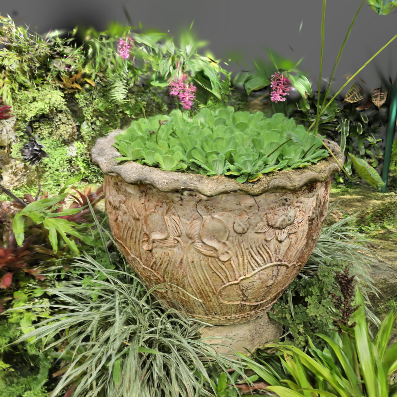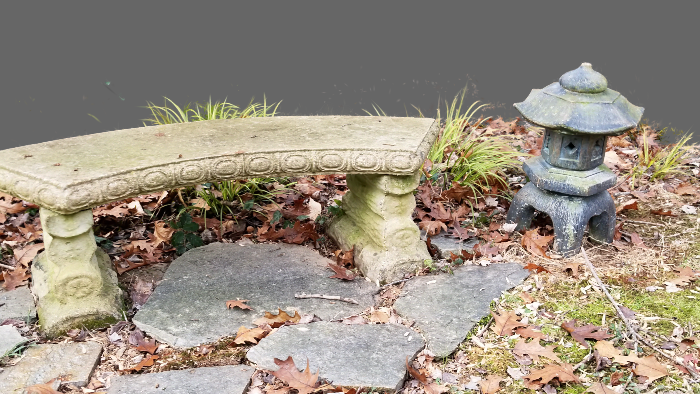Gaussian Splats is a term you have likely come across, probably in relation to 3D scenery. But what are they, exactly? This blog post explains precisely that in no time at all, complete with great interactive examples and highlights of their strengths and relative weaknesses.

Gaussian splats are a lot like point clouds, except the points are each differently-shaped “splats” of color, arranged in such a way that the resulting 3D scene looks fantastic — photorealistic, even — from any angle.
All of the real work is in the initial setup of the splats into the scene. Once that work is done, viewing is the easy part. Not only are the resulting file sizes of the scenes small, but rendering is computationally simple.
There are a few pros and cons to gaussian splats compared to 3D meshes, but in general they look stunning for any kind of colorful, organic scene. So how does one go about making or using them?
That’s where the second half of the post comes in handy. It turns out that making your own gaussian splats is simply a matter of combining high-quality photos with the right software. In that sense, it has a lot in common with photogrammetry.
Even early on, gaussian splats were notable for their high realism. And since this space has more than its share of lateral-thinkers, the novel concept of splats being neither pixels nor voxels has led some enterprising folks to try to apply the concept to 3D printing.
















okay, this one sentence: “Gaussian splats are a lot like point clouds, except the points are each differently-shaped “splats” of color” was very helpful to me. I never really grasped the concept of a “Gaussian Splat” perhaps because the name isn’t very intuitive (at least not to me that is).
So thanks for that short one sentence explanation and this “aha….” moment where I finally start to understand this concept.
Actual meaning of a concept is subjective depending on a person’s perspective, experiences, cultural background, values, and emotional state. Each individual may interpret concepts differently based on these personal factors, leading to varied understandings and applications of the same idea. This subjectivity is often evident in fields such as philosophy, art, and social sciences, where meanings can shift significantly from one person to another.
Consider a teenager playing DotA with his father; how will their interaction influence their relationship and understanding of teamwork? Through collaborative play, both can learn to strategize, share responsibilities, and support each other, which can translate into real-life skills and strengthen their relationship.
wtf I didnt write this :o :)
Yeah… It is a point cloud except it’s not points, it’s not voxels but it’s very voxel-ish, and it’s not triangle mesh but it’s rendered with lots of shaded triangles. Pretty confusing, but it works really well.
Kiri engine works pretty well, and has a good algorithm for converting them to a traditional 3d model. And they have free Blender plugins, which is very handy.
Nice primer.
Now go back and tell the guy in that last X-box video how to pronounce “Gaussian” correctly.
In this context, it’s pronounced “Gulash”.
Is that qool-ash or goo-lush? ;-)
More like khulyash.
Microsoft Photosynth on steroids.
By the theme of the season, it’s “ghoul-ash”.
I’ve heard “gauze-ian” and “gosh-ian” a lot. Only German and British English seem to have the discipline necessary to pronounce the esses nicely, everyone else wants to rush through the word and get on with it.
In the original German it would be “Gauß’sche”, a word that is almost all sibilants. “Gaussian” is comparatively relaxed to pronounce :)
(That said, I don’t know how the “splat” would be translated, it’s an academic term after all. “Gauß’sche Kleckse”?)
The whole name needs a re-work. I don’t want to say “gaussian splat” every time I refer to this. Nobody does. One of the most snooty and posh words next to one of the dumbest and ugliest. Who came up with this? They should try again.
… “GaSp”? “GauSpl” (pronounced like the songs)?